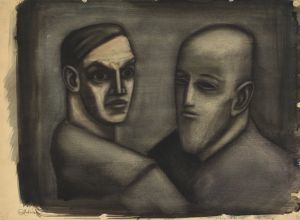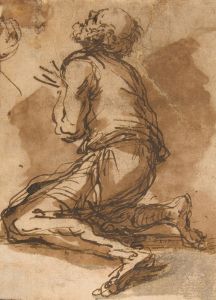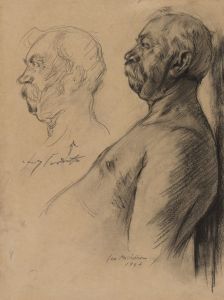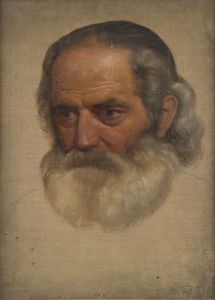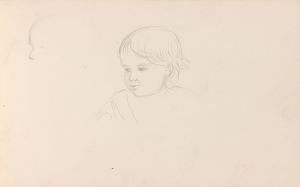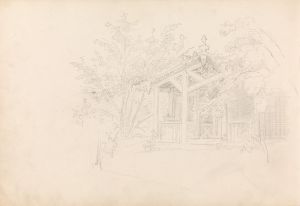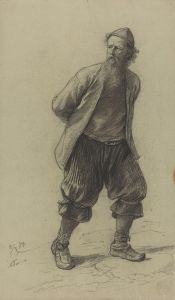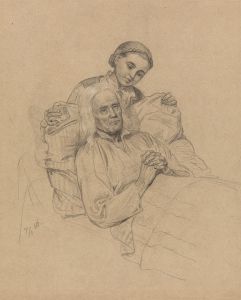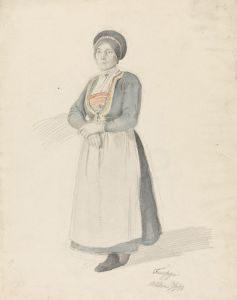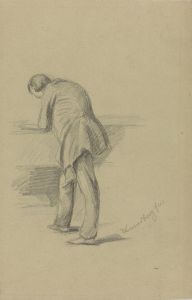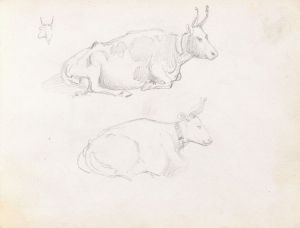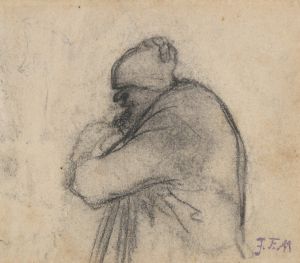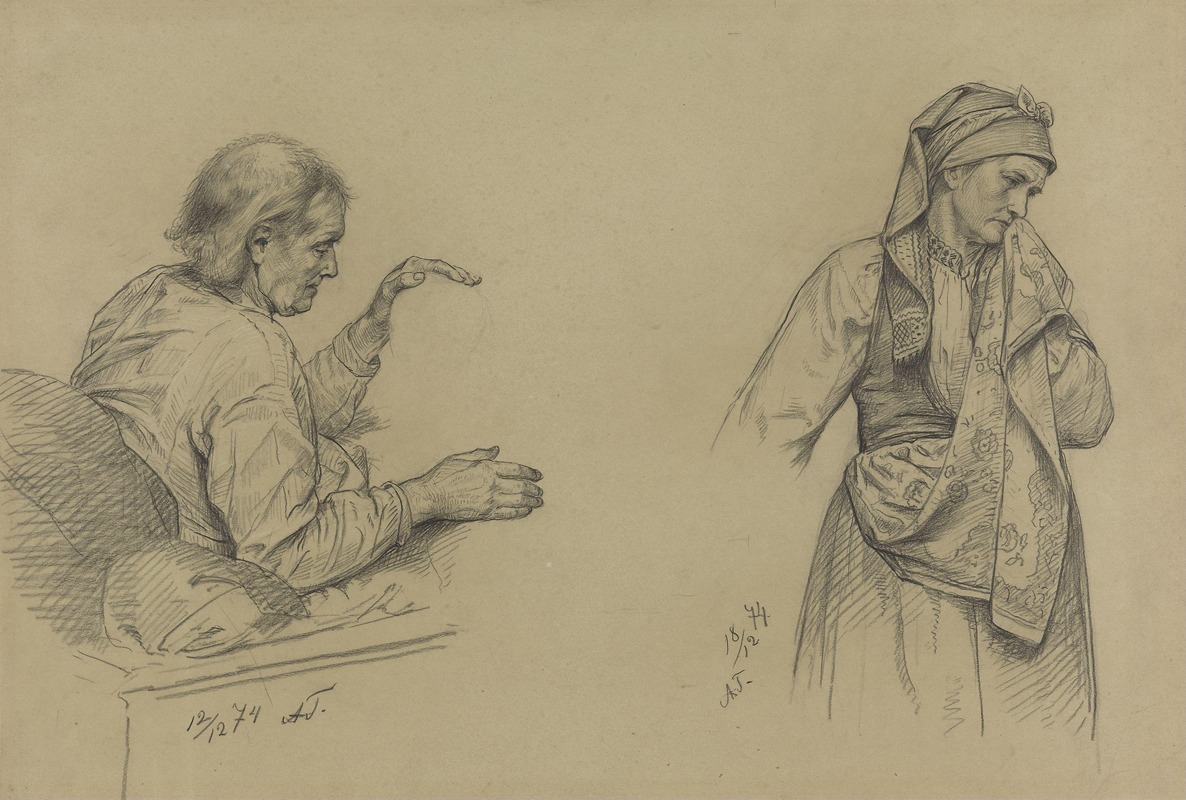
Gammel mann og gammel kvinne
A hand-painted replica of Adolph Tidemand’s masterpiece Gammel mann og gammel kvinne, meticulously crafted by professional artists to capture the true essence of the original. Each piece is created with museum-quality canvas and rare mineral pigments, carefully painted by experienced artists with delicate brushstrokes and rich, layered colors to perfectly recreate the texture of the original artwork. Unlike machine-printed reproductions, this hand-painted version brings the painting to life, infused with the artist’s emotions and skill in every stroke. Whether for personal collection or home decoration, it instantly elevates the artistic atmosphere of any space.
Adolph Tidemand was a prominent Norwegian painter in the 19th century, known for his detailed and realistic depictions of Norwegian rural life and culture. One of his works, "Gammel mann og gammel kvinne" (translated as "Old Man and Old Woman"), is a testament to his skill in capturing the essence of Norwegian folk life.
Adolph Tidemand was born on August 14, 1814, in Mandal, Norway. He studied art in Copenhagen and later in Düsseldorf, Germany, which was a significant center for art education at the time. Tidemand became associated with the Düsseldorf school of painting, which emphasized detailed and realistic portrayals of subjects, often with a focus on historical and genre scenes.
"Gammel mann og gammel kvinne" is a painting that reflects Tidemand's interest in the everyday lives of Norwegian people. While specific details about this particular painting are limited, it is consistent with Tidemand's broader body of work, which often depicted scenes of rural and peasant life in Norway. His paintings are characterized by their attention to detail, use of light and shadow, and the ability to convey the character and emotions of his subjects.
Tidemand's work is significant in the context of Norwegian art history because it coincided with a period of national romanticism in Norway. During the 19th century, there was a growing interest in Norwegian culture, history, and identity, partly as a response to the country's political situation and its union with Sweden. Artists like Tidemand played a crucial role in shaping and promoting a sense of national identity through their depictions of Norwegian landscapes, traditions, and people.
In his paintings, Tidemand often focused on themes such as family, tradition, and the connection between people and their environment. His works are noted for their narrative quality, often telling stories about the lives and experiences of his subjects. This narrative aspect is likely present in "Gammel mann og gammel kvinne," as Tidemand frequently portrayed the dignity and resilience of his subjects, capturing the nuances of their daily lives.
Tidemand's collaboration with Hans Gude, another prominent Norwegian painter, is also noteworthy. Together, they created some of the most iconic images of Norwegian national romanticism, such as "Bridal Procession on the Hardangerfjord." While "Gammel mann og gammel kvinne" is not a collaborative work, it shares the same ethos of celebrating Norwegian culture and people.
Adolph Tidemand's legacy is preserved in several major art collections, including the National Gallery in Oslo, where many of his works are displayed. His paintings continue to be appreciated for their historical significance and their contribution to Norwegian cultural heritage.
In summary, "Gammel mann og gammel kvinne" by Adolph Tidemand is a reflection of the artist's dedication to portraying the lives of Norwegian people with authenticity and respect. While specific details about this painting are scarce, it is representative of Tidemand's broader artistic goals and achievements in capturing the spirit of 19th-century Norway.





